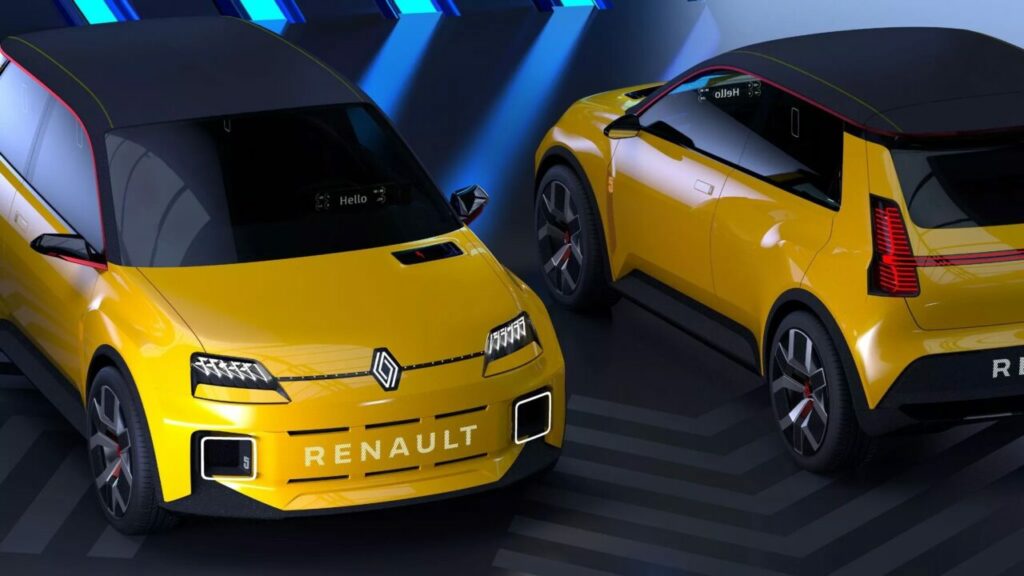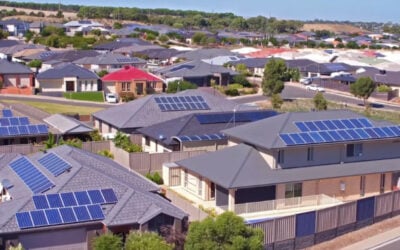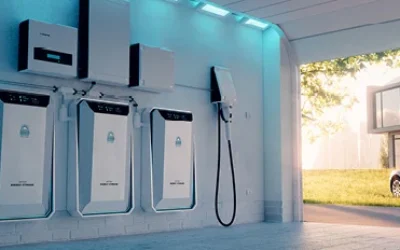
Bi-directional smart charging from German company The Mobility House will be leveraged to turn electric vehicles (EVs) from Renault into vehicle-to-grid (V2G) assets.
Mobilize, a “digital transformation and energy transition” subsidiary of French automaker Renault, has partnered with The Mobility House to initially roll out the V2G offering in France, Germany and the UK, for owners of the Renault 5 EV and electric car models launched after it in the company’s range.
Enjoy 12 months of exclusive analysis
- Regular insight and analysis of the industry’s biggest developments
- In-depth interviews with the industry’s leading figures
- Annual digital subscription to the PV Tech Power journal
- Discounts on Solar Media’s portfolio of events, in-person and virtual
Announced earlier this year following the launch of a concept model in 2021, the Renault 5 urban electric “Supermini” is due to go on sale in 2024. Named in tribute to the Renault R5 popularised in the 1970s and 1980s, according to Renault, it will be largely based on the same technology as its existing ZOE EV, which has a 50kWh battery pack.
Mobilize and The Mobility House will roll out the V2G service for the new car next year. In addition to the bi-directional V2G technology, the company’s smart charging software, ChargePilot, will enable users to charge their vehicles with low-carbon energy and to minimise their charging costs by selecting off-peak times at which to draw power from the grid.
The pair’s joint offering bundle includes EV and bi-directional charger, Mobilize’s bi-directional charging station, and an energy contract through The Mobility House which guarantees carbon-neutral energy supply for charging and covers the sale of electricity back into the grid.
By using that electricity as a flexibility asset for the network, helping integrate renewable energy and managing peaks in demand, delivering various grid-balancing services, drivers will be able to lower their cost of EV ownership, the companies claimed.
In August last year, The Mobility House announced that it had joined EPEX SPOT SE, an exchange for power spot markets across 13 countries in Europe, on which it would begin trading 100MW of power from 4,500 EV batteries.
V2X aggregation is like virtual power plants, but with cars
The company’s Aggregation Platform works like a virtual power plant (VPP) aggregator, taking a fleet of EV assets and playing them into energy market opportunities. At the time, The Mobility House said its platform was already active in Germany, France and the Netherlands, with launches in the UK and US planned.
For example, the company participated in a 2020 vehicle-to-grid demonstration project with European grid operator TenneT and the German Ministry for Energy and Economic Affairs, where a number of Nissan Leaf EVs with 40kWh battery packs aided the integration of renewable energy onto the grid.
In November last year, The Mobility House raised US$50 million financing in a Series C round, from investors including Mercedes-Benz. The company has also been building up its US activities, including a project in California to aggregate stored energy in public transit buses which can then be used to provide energy to community buildings in the event of power outages.
As has been noted by this site previously, vehicle-to-grid, as well as vehicle-to-home (V2H) charging, vehicle-to-buildings (V2B) for commercial premises (often all bundled under the catch-all vehicle-to-X terminology) are all technically feasible use cases.
However, barriers to adoption include regulatory and market issues: most EVs aren’t being designed with V2X in mind, and aren’t warrantied as such, to give one example. Another is that many consumers considered their next car purchase are either unaware of vehicle-to-grid or unconvinced it will offer them sufficient benefit. Meanwhile, most electricity markets are not configured to factor in bi-directional power flows to and from the grid.
In a recent interview with our UK-focused sister site Current±, energy and mobility expert Claire Miller said that the next step in unlocking the huge potential of V2G is in the hands of manufacturers to enable, as well as politicians and regulators to recognise it and value it accordingly.
The Mobility House CEO Robert Hienze said the partnership with Mobilize would bring V2G to the “mainstream”.
Other carmakers to make recent announcements around V2X technologies include BMW, Volvo and General Motors (GM) while V2G tech company Nuvve recently said it will aggregate 40MW of EV chargers and batteries to play into frequency regulation markets in Nordic countries.






